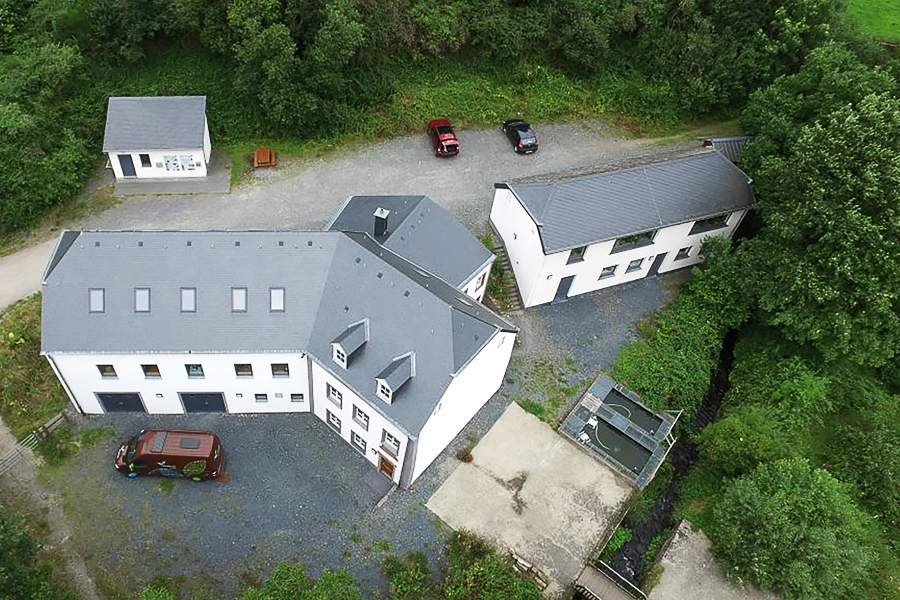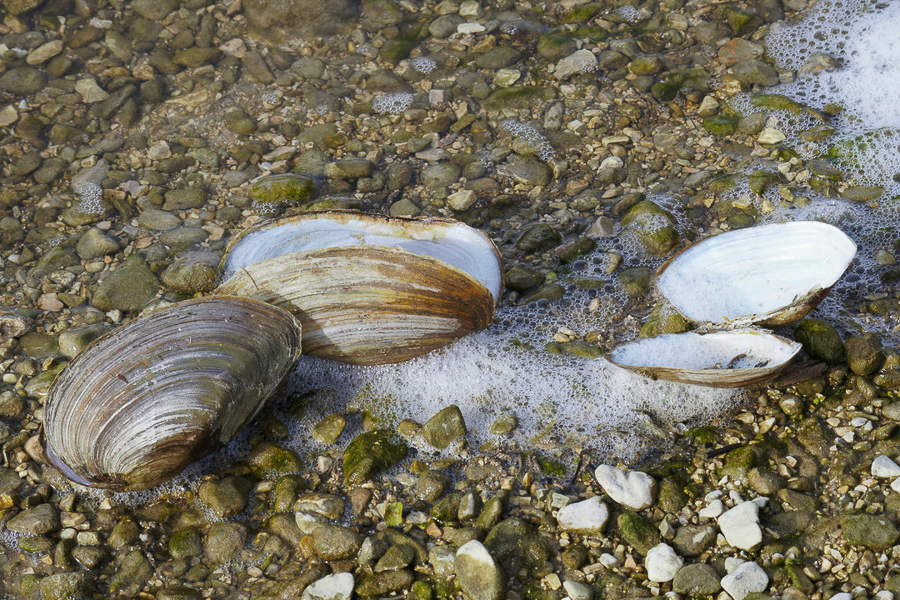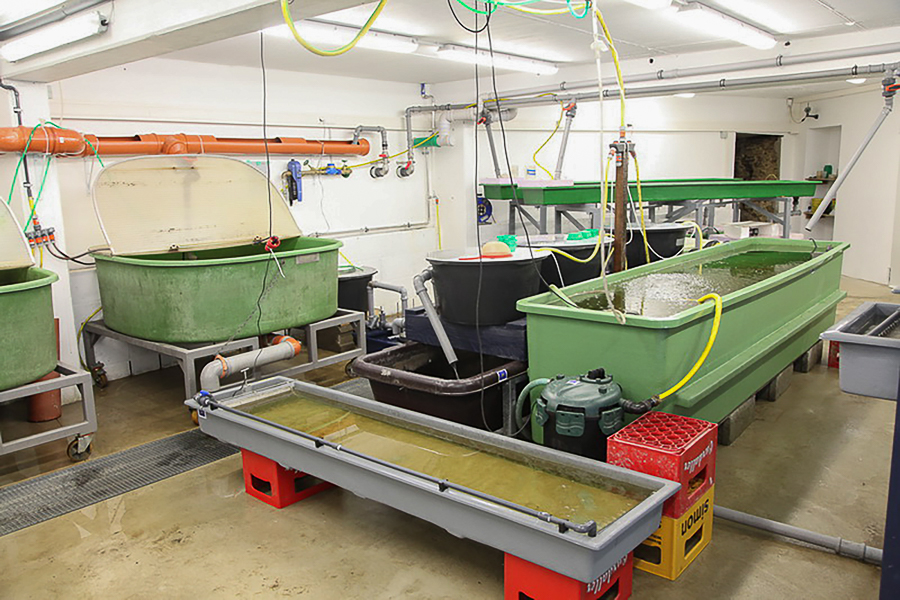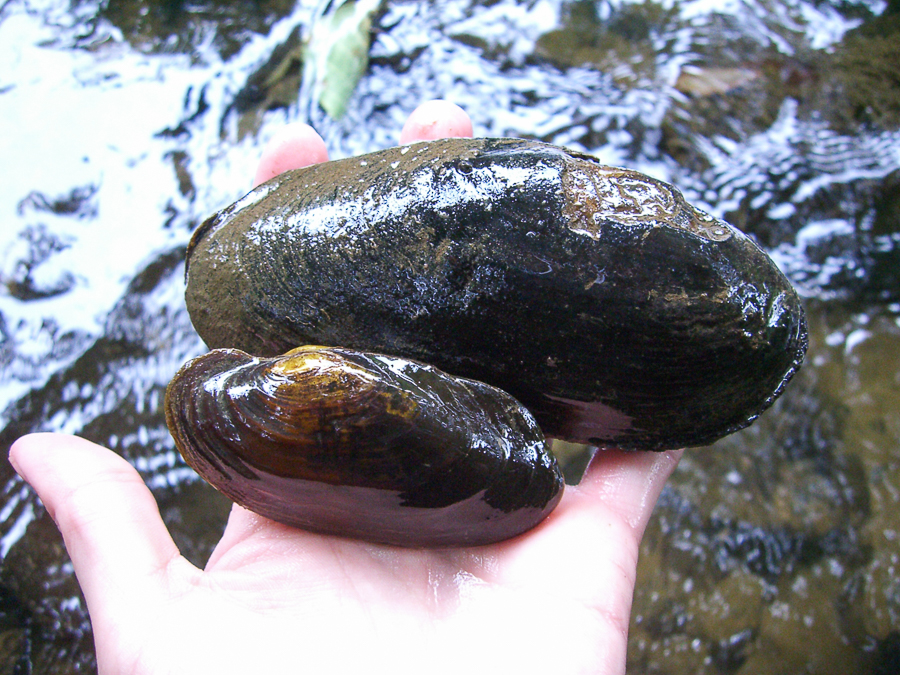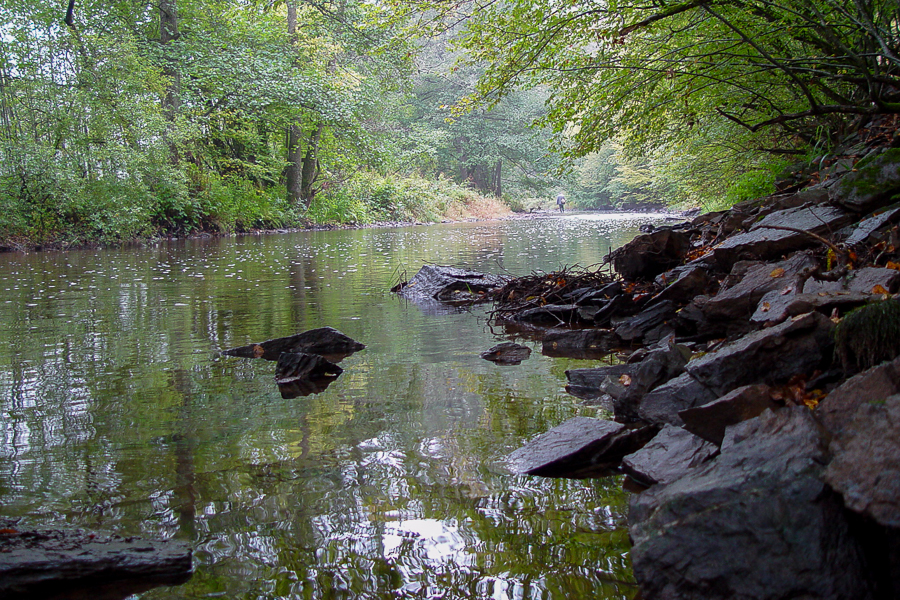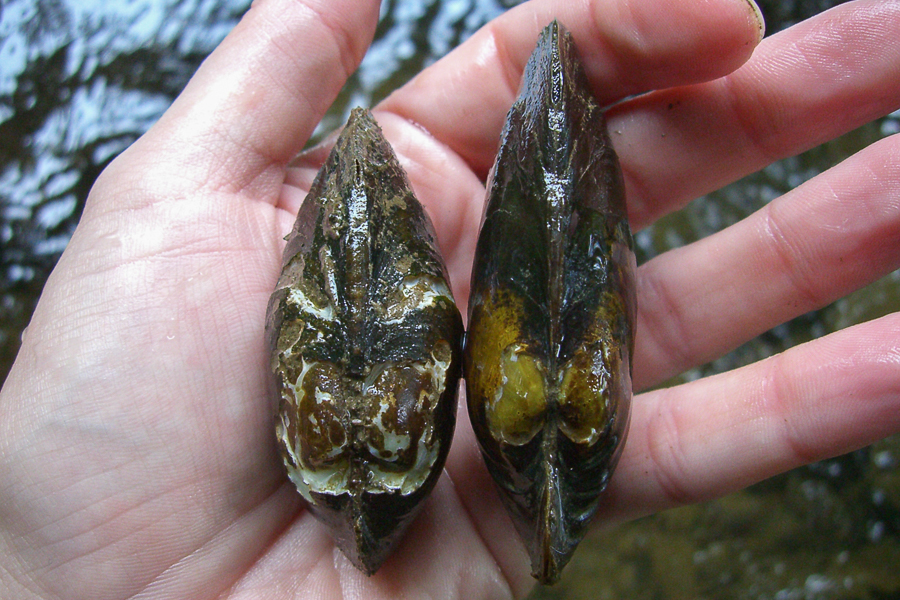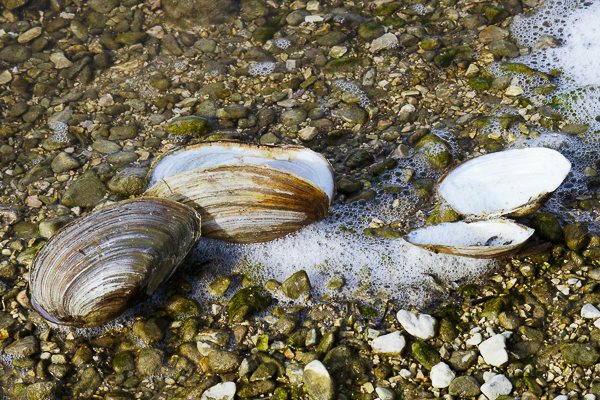 Credit: natur&emwelt
Credit: natur&emwelt
Luxembourg has what is known as a Temperate Climate in which winters are generally mild and summers comparatively cool, with rainfall that can be high; its flora and fauna have thrived in and adapted to this climate over the centuries and millennia, with ongoing challenges due to pollution and recent climate change, as well as the introduction of non-native species, resulting in disruptions to the norm.
Nevertheless, with various initiatives and organisations helping the ecosystem and habitat, including sustainability and re-wilding, there is a lot happening in nature across the Grand Duchy.
Chronicle.lu has teamed up with natur&emwelt (the non-profit organisation (naturemwelt), the foundation (Hëllef fir d'Natur) and the Wildlife Care Centre (Flegeestatioun)) for a series of articles on Luxembourg's fauna in which we look at various mammals, birds, insects, amphibians and aquatic animals, as well as touching on vanishing species returning to Luxembourg, focussing on their lifestyle and habitat, including when and where to observe them.
No. 28 in this series focuses on the freshwater pearl mussel.
The freshwater pearl mussel is a discreet but essential mollusc for river ecosystems. At the Kalborn Mill breeding station, this threatened species benefits from a carefully protected and restored habitat.
The freshwater pearl mussel has an elongated, robust shell, reaching 12 to 15 cm in length. Its colour ranges from greenish-brown to dark brown, depending on age and sediment deposits. The shell is slightly convex, with concentric lines marking growth. Inside, the nacreous mantle reflects whitish to pinkish hues. Its siphons allow the mussel to filter water and feed on microorganisms and organic particles.
Lifestyle
Freshwater pearl mussels are sessile, spending most of their lives buried in sandy or silty riverbeds and streams. They feed by filtering water to extract plankton and organic particles. The species has a unique relationship with certain host fish, on which its larvae (glochidia) temporarily attach to develop. Reproduction is therefore closely linked to the presence of suitable fish populations. Under optimal conditions, these mussels can live for several decades.
Habitat
The Kalborn Mill breeding station, located on the banks of the Our River, recreates ideal conditions for the freshwater pearl mussel: clean, well-oxygenated water, stable flow and suitable substrate. Managed by the Fondation Hëllef fir d’Natur, the site is part of the LIFE Unio program, which aims to strengthen natural populations and restore rivers to ensure the species’ survival. The ponds and calm zones created allow juvenile mussels to grow before being reintroduced into the river.
Where and When to Observe
Freshwater pearl mussels are difficult to observe in the wild, as they remain buried in sand or silt. The Kalborn Mill breeding station allows visitors to safely discover these molluscs throughout the year. Guided tours explain their life cycle, feeding habits and how larvae attach to host fish.
Observation Tips
To observe the mussels, follow the trails and designated safe areas of the station. Avoid touching the water or disturbing the substrate to prevent harming the mussels or their habitat. Binoculars or a magnifying glass can enhance your view during educational presentations, helping to observe their anatomy and filtration behaviour.

